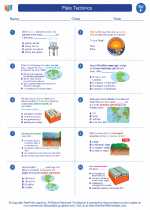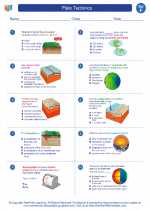Neurons
Neurons are the basic building blocks of the nervous system. They are specialized cells that conduct electrical signals and communicate with other cells. Neurons consist of a cell body, dendrites, and an axon. The dendrites receive signals from other neurons, while the axon transmits signals to other cells.
Neural Communication
Neural communication occurs through a process called synaptic transmission. When an action potential reaches the end of an axon, it triggers the release of neurotransmitters into the synapse, which then bind to receptors on the dendrites of the next neuron, leading to the generation of a new action potential.
Central Nervous System (CNS) and Peripheral Nervous System (PNS)
The CNS consists of the brain and the spinal cord, while the PNS includes all the nerves outside the CNS. The CNS is responsible for processing and integrating information, while the PNS is involved in transmitting sensory and motor signals between the CNS and the rest of the body.
Brain Structure and Function
The brain is divided into various regions, each responsible for different functions such as motor control, sensory processing, language, memory, and emotions. Understanding the structure and function of these regions is essential for comprehending various aspects of neurophysiology.
Neuroplasticity
Neuroplasticity refers to the brain's ability to reorganize itself by forming new neural connections throughout life. This property of the brain is crucial for learning, memory, and recovery from brain injuries.
Study Tips
- Review the structure and function of neurons, including the process of synaptic transmission.
- Understand the divisions of the nervous system and their respective functions.
- Memorize the different regions of the brain and their associated functions.
- Explore the concept of neuroplasticity and its implications for learning and brain function.
- Engage in activities that promote critical thinking and problem-solving related to neurophysiology.
◂Science Worksheets and Study Guides Sixth Grade. Plate Tectonics

 Worksheet/Answer key
Worksheet/Answer key
 Worksheet/Answer key
Worksheet/Answer key
 Vocabulary/Answer key
Vocabulary/Answer key
 Vocabulary/Answer key
Vocabulary/Answer key
 Vocabulary/Answer key
Vocabulary/Answer key
 Vocabulary/Answer key
Vocabulary/Answer key
